JB: Chuck Cooper came back from the hospital and I had just met Marilyn, my wife, who was going to the Parsons School in the same building.
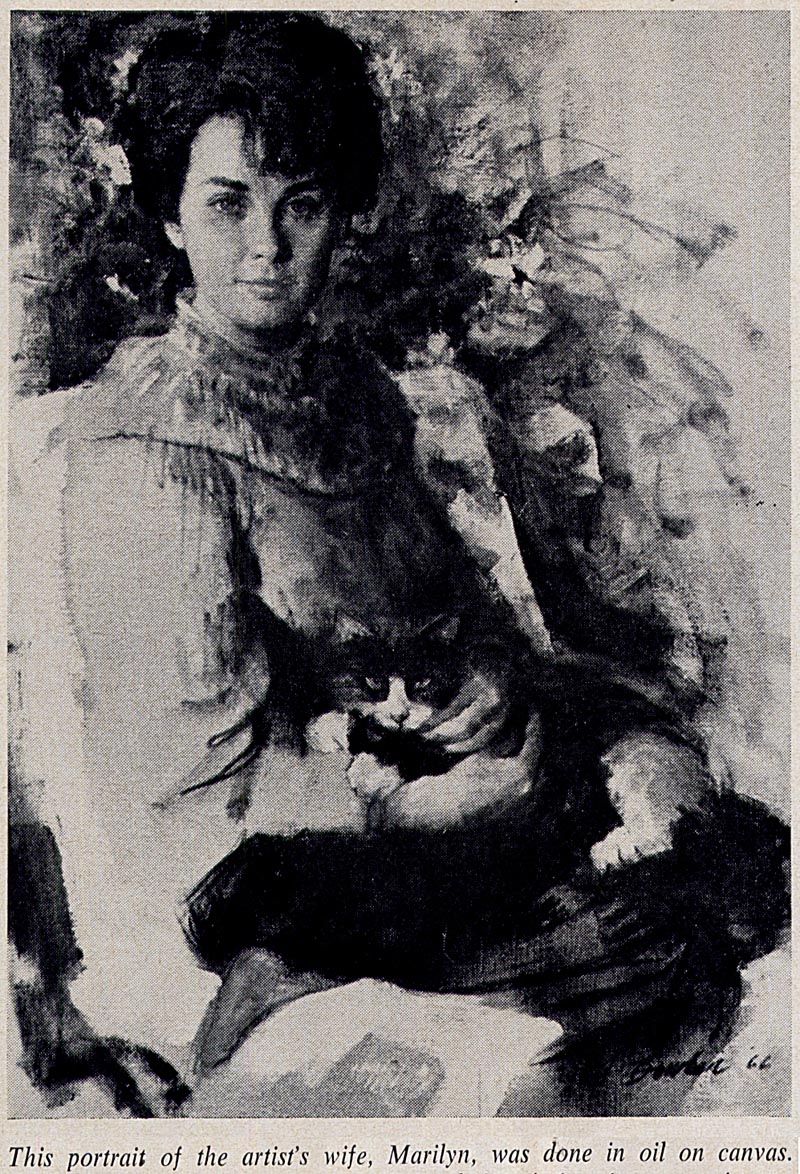
We had just had a week together and she went back to Canada. We were really crazy about each other and I was phoning her all the time.
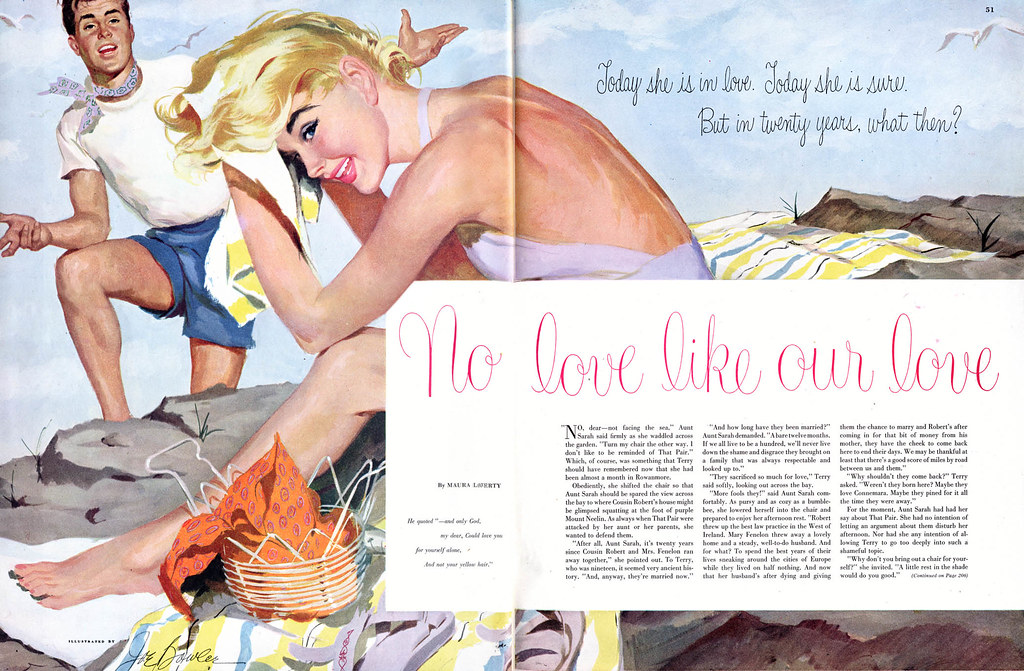
Anyway, Chuck came back and said to me, "Joe, you're really doing a fantastic job! Let's bump your salary to $75 a week." So I called Marilyn (she knew I'd been getting $35 a week up til that point) and said, "Hey honey, I'm getting $75 a week!"

The next week Chuck calls me in and says, "Joe, this is really incredible. You're doing great work - let's put you at $150 a week." So I called Marilyn to tell her. [Joe laughs] Her mother must have thought, "Boy this guy is something else. Not only is he living in Greenwich Village, but he's bullshitting my daughter!" [We both laugh]

By the next month Chuck comes in and says, "This is getting ridiculous." because I was doing, like, thirty jobs a month! He says, "This is ridiculous - you're going on commission." It all happened so fast... this was just the beginning of '48, because Joe DeMers didn't show up until October of '48 and this was before that.

LP: Were you still up on the 11th floor at that point?
JB: No, I was down on the 10th floor in a corner studio... I think. Actually, I can't remember where I was. I used to borrow studios all the time. I used to meet guys from other studios and they knew I was at Cooper's and they'd come up and see me. I'd take them around for a tour and they'd say, "My God, what are all these doors doing open?" I'd say, "What do you mean?" They'd say, "You can just walk right into these studios!" and I'd say, "Sure!" They'd say, "Boy you can't get in anywhere at our place; everybody's got a secret."
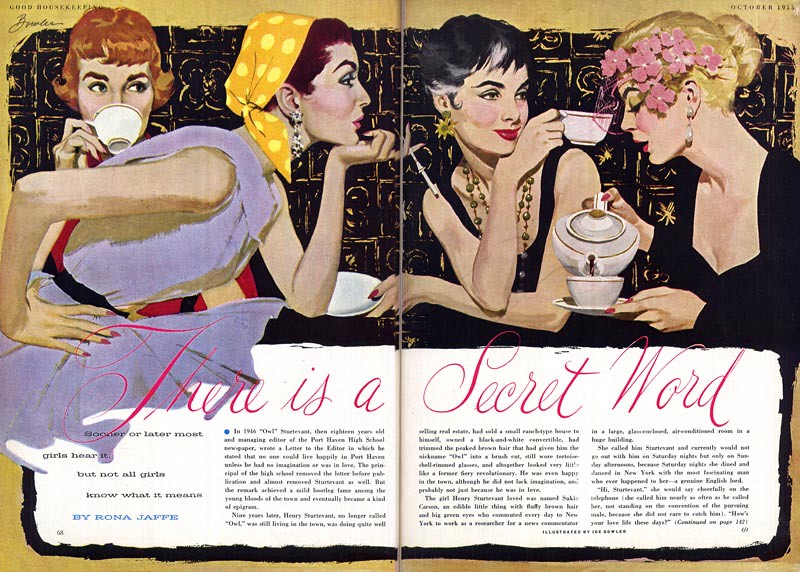
That's when I realized Chuck Cooper's main talent was picking guys for that studio who were 'sharers'. They all shared. I mean you could go in any place and get help. I mean real help. I used to go in and paint on other guys' work all the time! To show them, you know, how to do hair or whatever.
LP: One of the first times I recall seeing your signature was on a Pepsi ad from the 1950s. You, Joe DeMers, Coby and a lot of the other guys at Cooper's worked on a ton of those Pepsi ads. Can you tell me a bit about working on that account?
JB: Well, I can't remember dates... I remember getting the account. I think it was myself and Coby and Joe. The art directors wanted "the Cooper Studio look" on all of these and they picked us three.
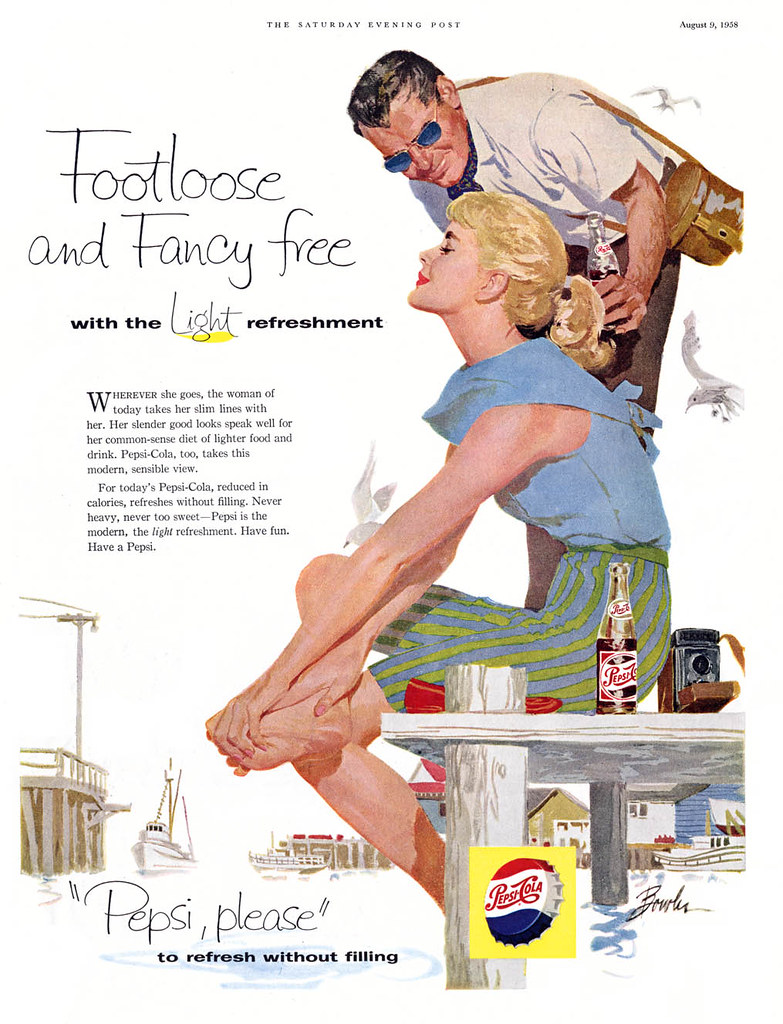
(Above, Pepsi ad by Joe Bowler, 1958 and below, by Joe DeMers, 1957)
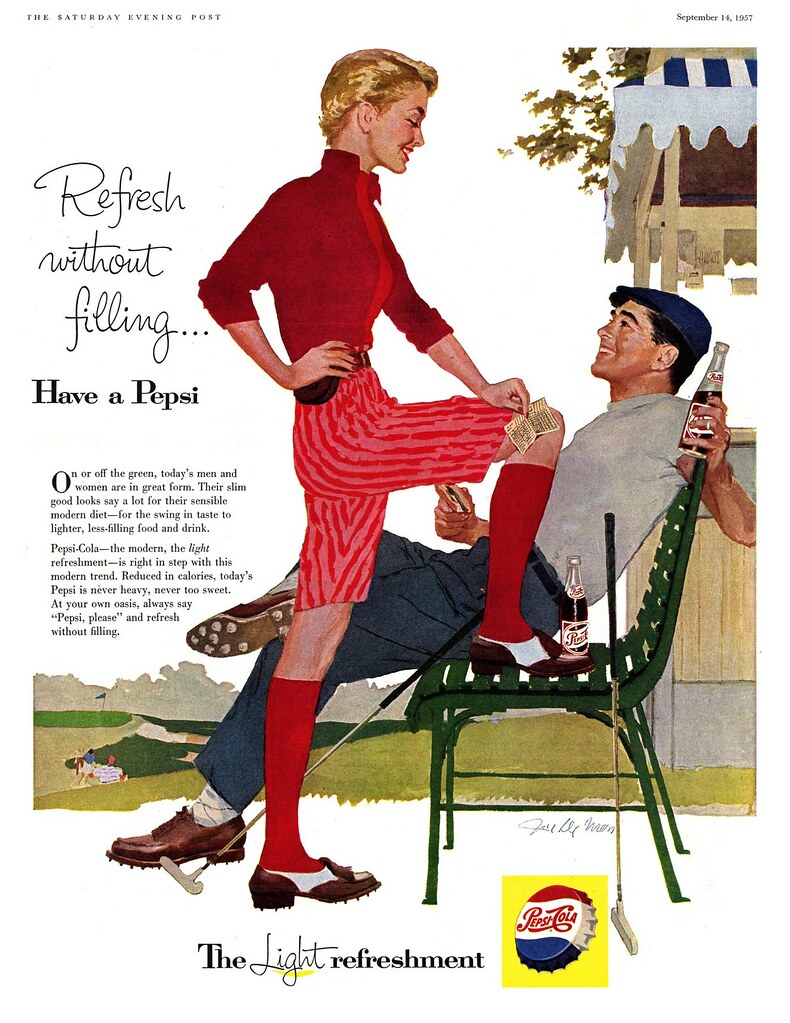
And then, of course, everybody in the studio that did figurative work - not everybody, but quite a few of them - got in on it too because there were so many of them.
(Below, Pepsi ads by Cooper Studio artists Lynn Buckham and Len Steckler, respectively. Both from 1955)
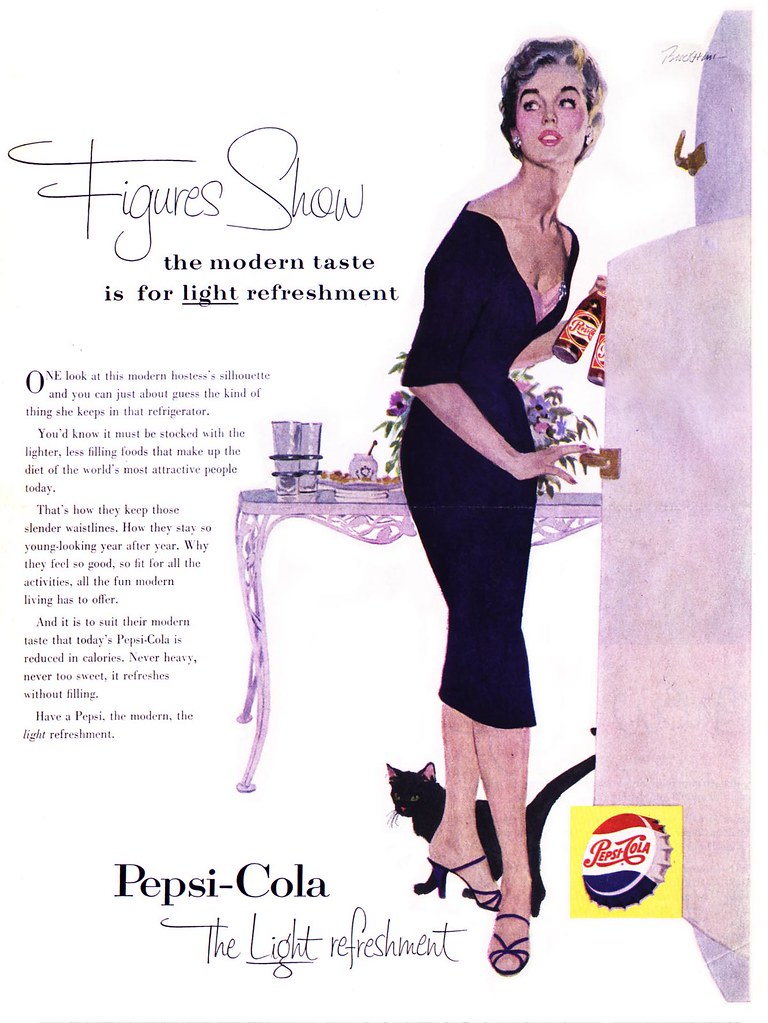
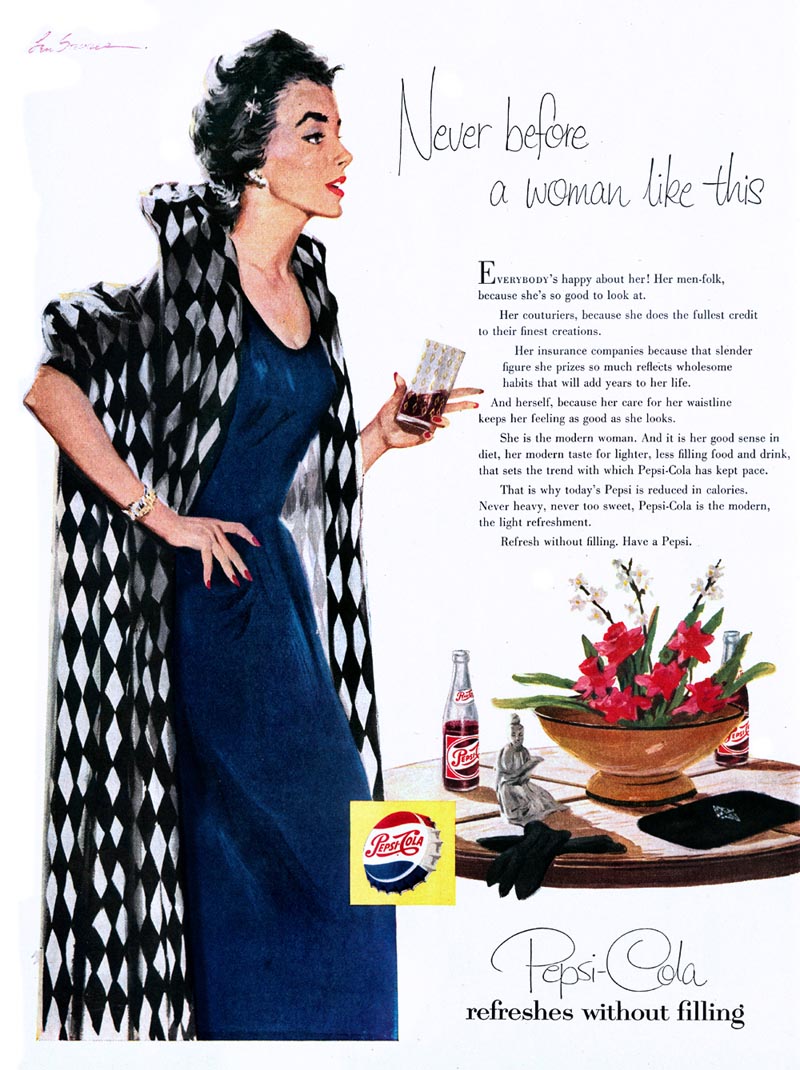
In fact, there were so many, I keep running across Pepsi ads I can't remember doing. It was a great client for a while.
LP: Yeah, the very first one I can remember coming across by you was a ski lodge scene and it's just beautiful.
JB: Yeah, I remember that one.

JB: Yeah, and then we started the two figures vignetted against white.

JB: And then... Joan Crawford married the head of Pepsi and she just blew us out of the water. She had some guy she must of been sleeping with or something, I dunno; an artist that she gave the stuff to - he was terrible! Oh, he was awful!
LP: I'm looking at a series of Pepsi ads from 1959 by Roy Besser...
JB: That's the guy!
(Below, Pepsi ad by Roy Besser, 1959)
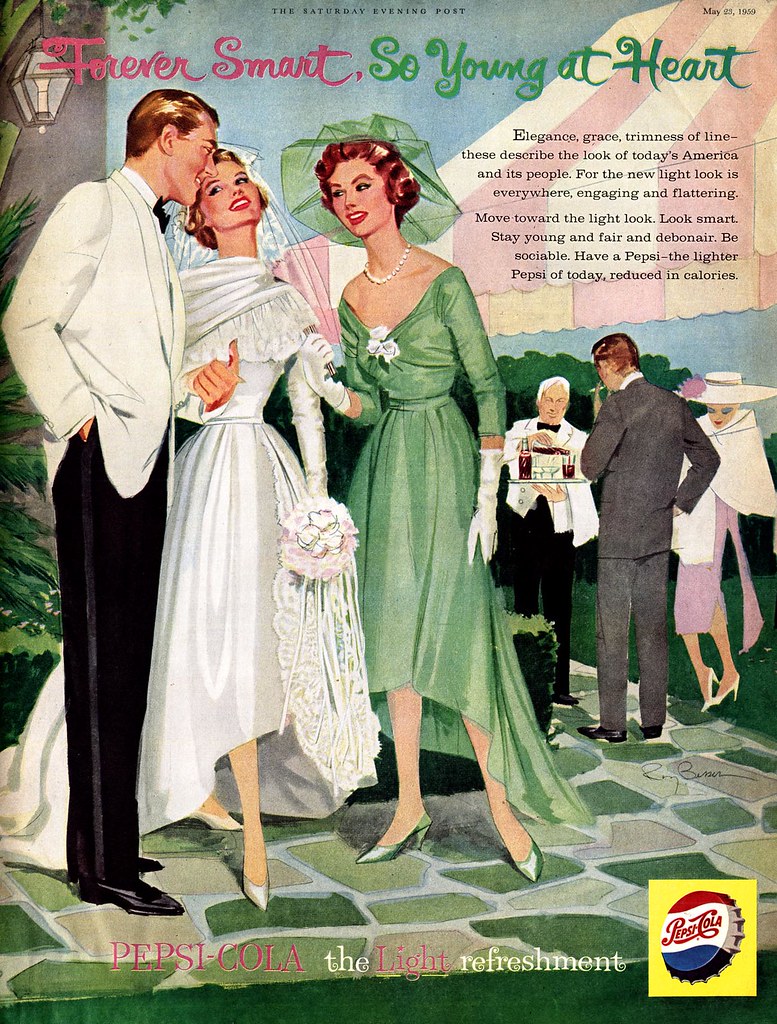
But she really just fired us all. Joan Crawford. [Joe chuckles] She took over that account and that was it.
LP: That's a shame because I'm sure it wasn't just a fun account to work on but a lucrative one as well.
JB: Yeah.
LP: Compared to doing an editorial piece for McCall's or Good Housekeeping for instance, what was the rate for advertising art for essentially the same type of work?
JB: Relatively the same. The magazines paid very well. I got $2,500 a spread. In fact, I got a call from McCall's... they said they were willing to give me two double spreads a month if I didn't paint for the Journal! So I said, "Ok!" Well I wasn't painting for the Journal! [Laughter] So I said, "Well, that was easy."
But can you imagine getting two spreads a month - five grand - from one magazine... and allowing me to do, really, anything I wanted. They knew me so well... I think Otto Storch was the art director at the time.
LP: About five or six years ago I sent an email to your wife and included a scan from McCall's of one of your illustrations. It was of some young girls wearing different fashions. And she sent me a reply saying that was basically the assignment that changed your career because that assignment sort of triggered the beginning of your portrait painting.
(Below, two Joe Bowler illustration for McCall's, 1960)
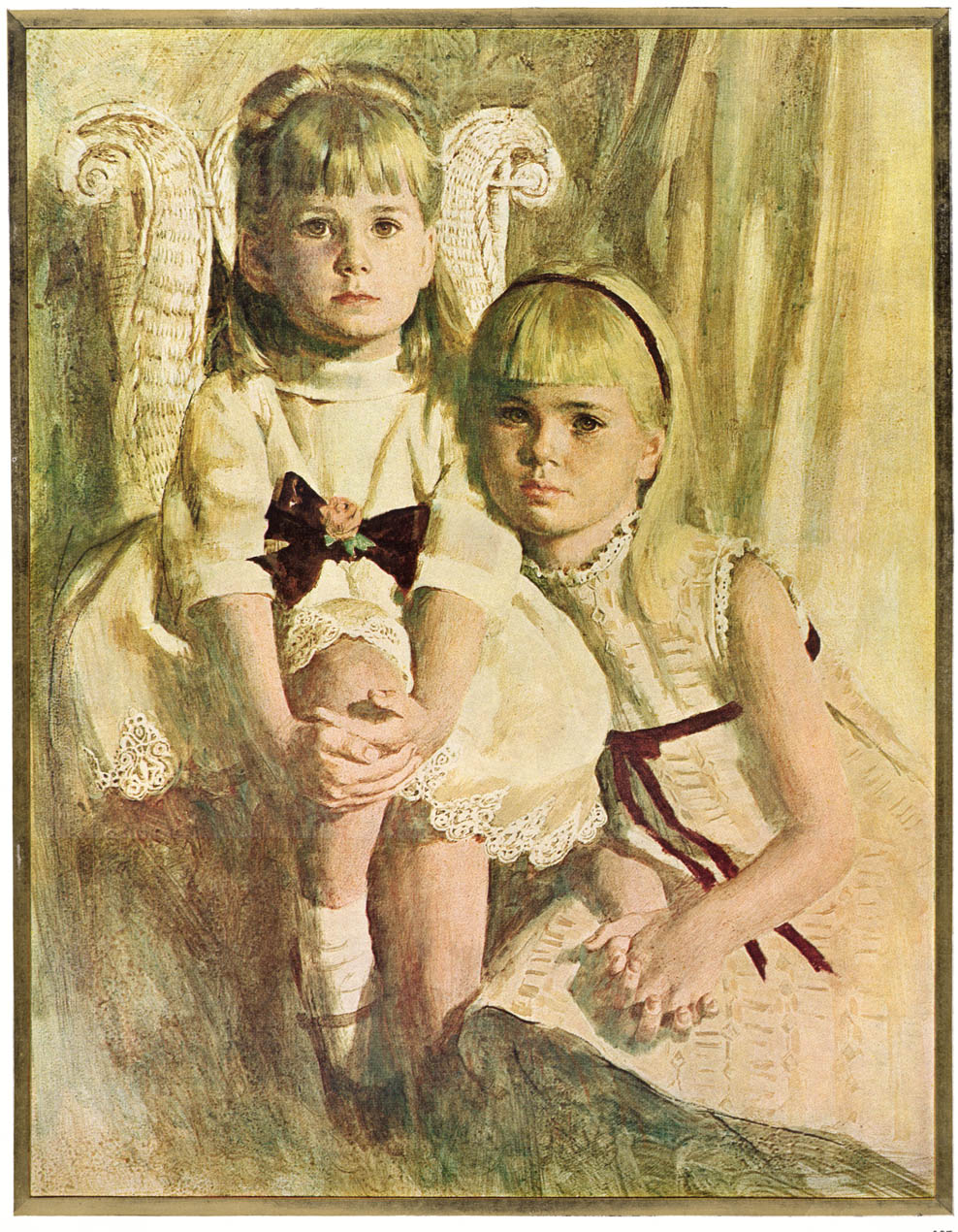
JB: It did. That was great. I forget who was photographing every year... Burt Stern or one of the other really great photographers... and I said to Otto [Storch, McCall's AD] one day, "Wouldn't it be great to just have portrait paintings of these little girls?" and he said, "Well, I dunno..." so I went home and I did, I think, three or four studies. I got out my Degas book and tried for that look... well he bought it!
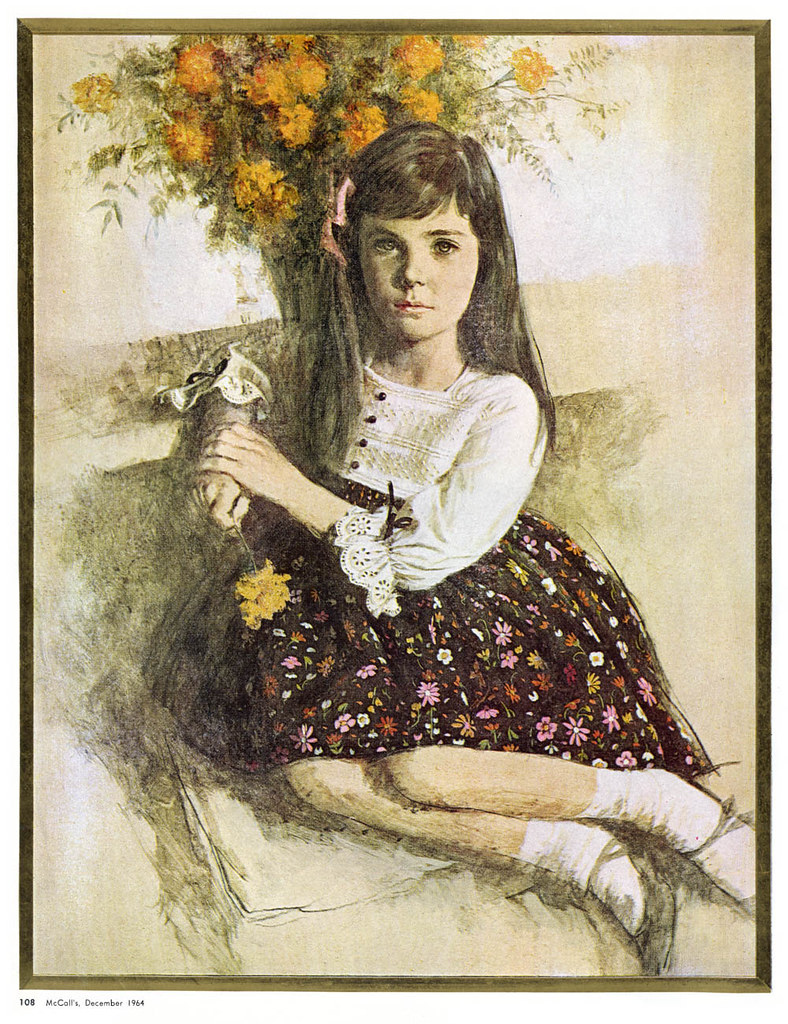
So Marilyn was right - I got a tremendous amount of calls from all over this country and Canada from people wanting portraits.
LP: Isn't that incredible.
JB: Yeah, yeah.
LP: Now the reason I'm asking you about all this is I'm trying to organize the chronology of this... when you said McCall's offered you this deal to do two spreads a month if you didn't paint for the Journal; was that before or after 1960? Because I have this beautiful cover you did for the Journal from 1960...

JB: Yeah, I did several covers for Ladies Home Journal... I can't remember if Bill Fink was the art director... but anyway, he mentioned it or I suggested it, that they should do some illustrated covers. In fact I was looking the other day and I found one or two that I'd forgotten that I did.
I had polio in 1958, so I tend to think of "before and after the polio." As for when I got that arrangement with McCall's for the two spreads a month, I can't remember exactly.
LP: Ok, well that's ok -- let me ask you about something else while we're on the subject of working for magazines: a few years ago I came across a bunch of illustrations you did for Collier's in the mid-'50s. And rather than being romance scenes they're crime fiction stories.
(Below, Joe Bowler spread from Collier's, February 1955)

LP: Can you tell me a bit about how you got those assignments?
JB: Well, that was early in my career... I had gone over to Women's Home Companion and done a few things there. I don't know if I called the art director or went over to see him, but I started to get Collier's serials to do. Of course, once you work for Collier's you can't work for the Saturday Evening Post. That was a no no. So I had to wait til Collier's went out of business before I could go over to the Post.
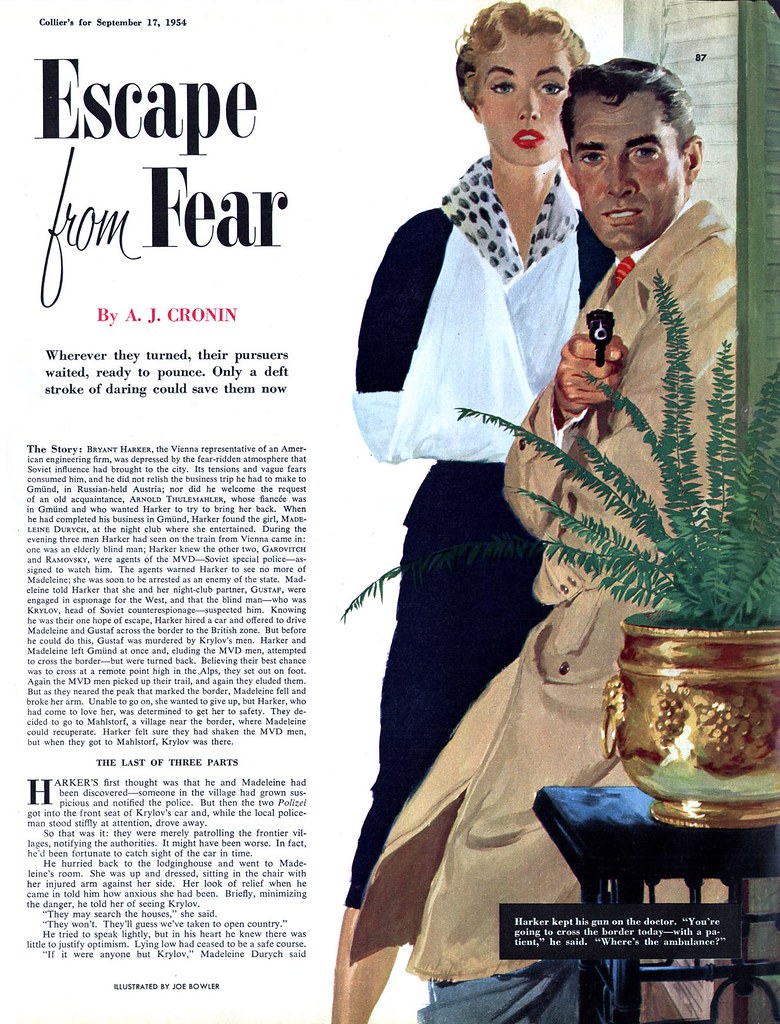
LP: You know, that's really interesting; you're not the first artist who ever told me that. These crime story illustrations are kind of different from what I'm used to seeing from you. How did you feel about doing these sorts of scenarios?
JB: Well, you get the story and they sort of tell you what they want illustrated. Like, the Post would even give you a sentence out of the script that they wanted you to illustrate. Collier's was similar to that so, as an illustrator, you get a story about crime and they say, "Do these particular scenes"... and you do it! No problem.
(Below, Joe Bowler crime illustration, year and publication unknown)
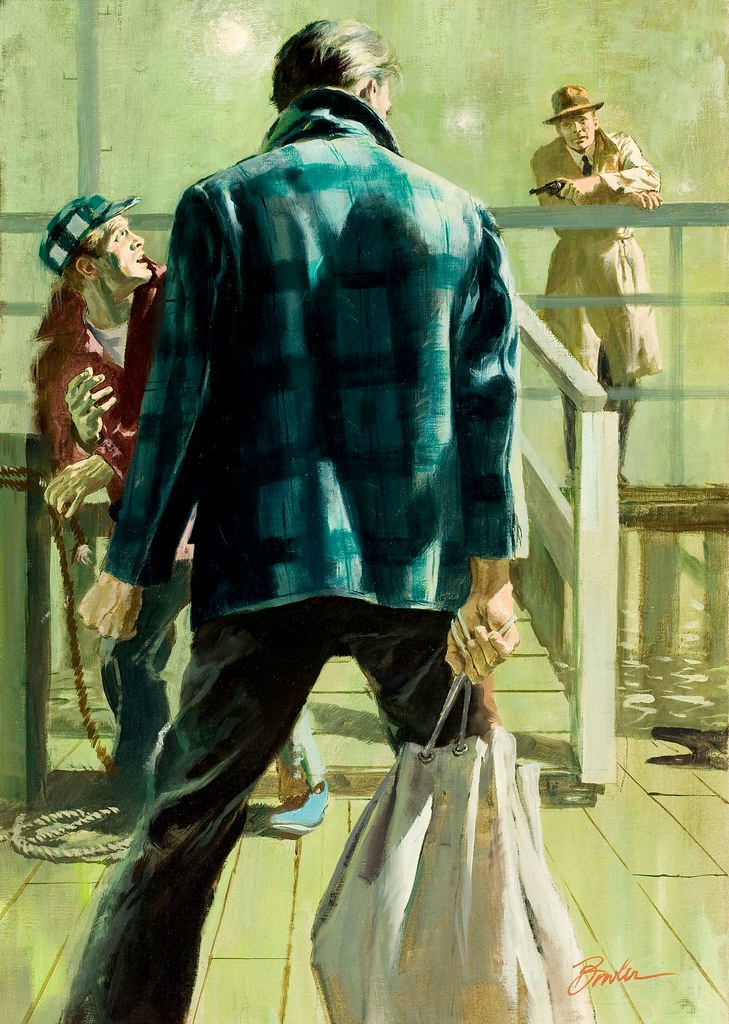
LP: Now, I know the policy at Cooper's was that you kept all your commission money from editorial work and split advertising commissions 50/50...
JB: That was incredible. And Chuck encouraged us to do more editorial work because that brought in more advertising work!
(Below, Joe Bowler-illustrated ad, October 1958)
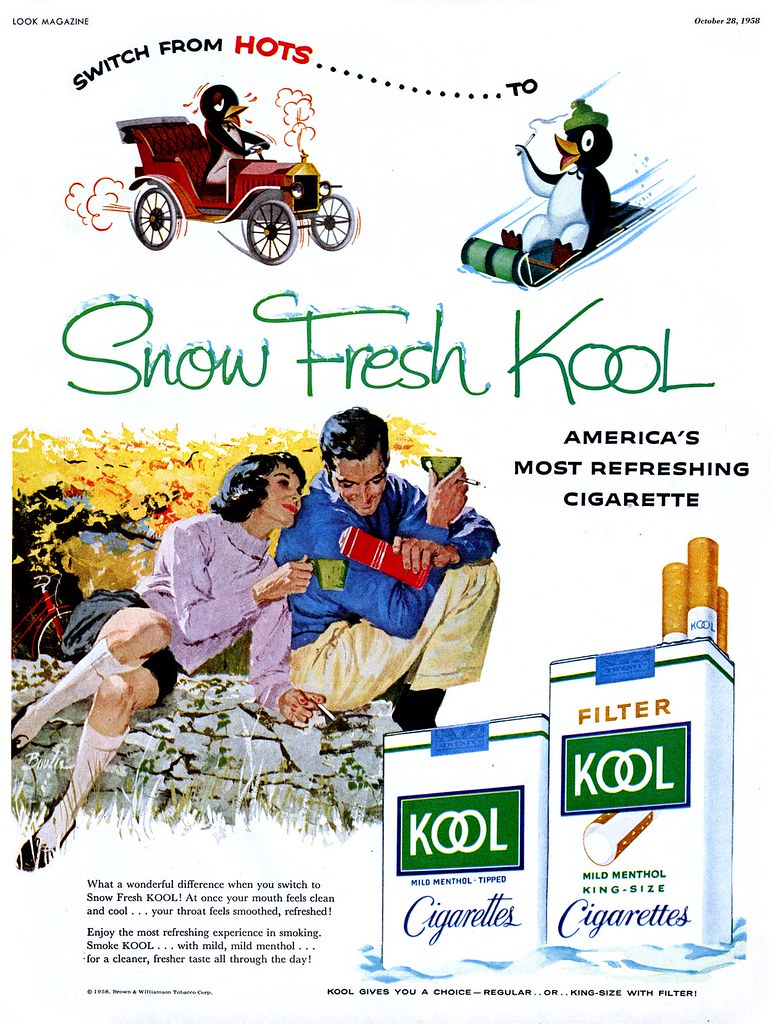
JB: Editorial artists were looked on as prestigious - good to get for advertising.
Continued next week.
* To see recent works by the artist, visit Joe Bowler's website
* Thanks to Isabel for allowing me to use a scan from her Joe Bowler set on Flickr in today's post.









Post a Comment